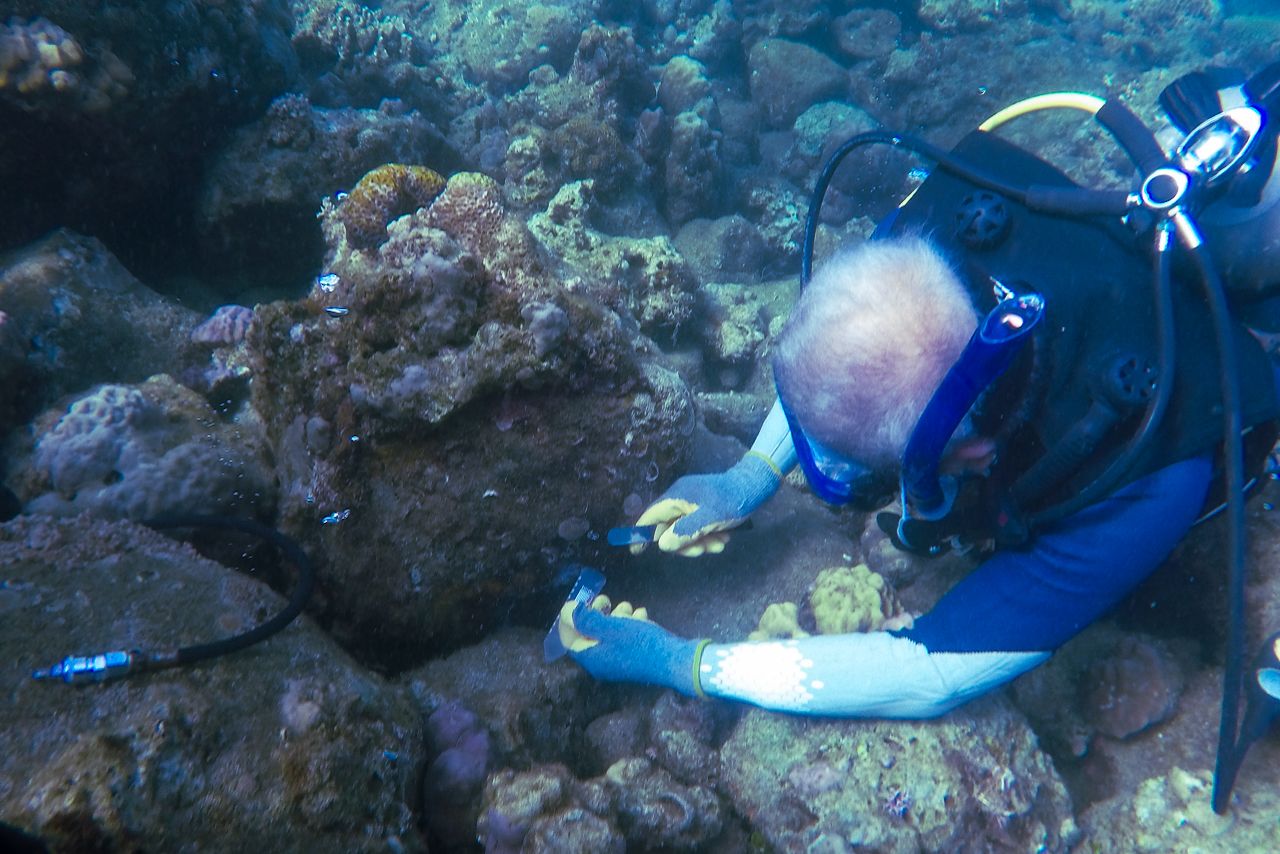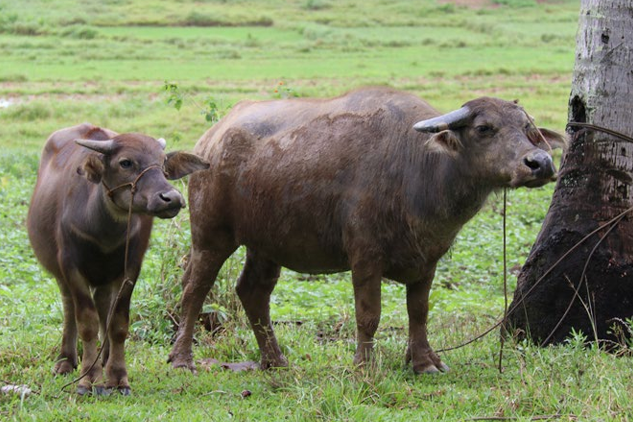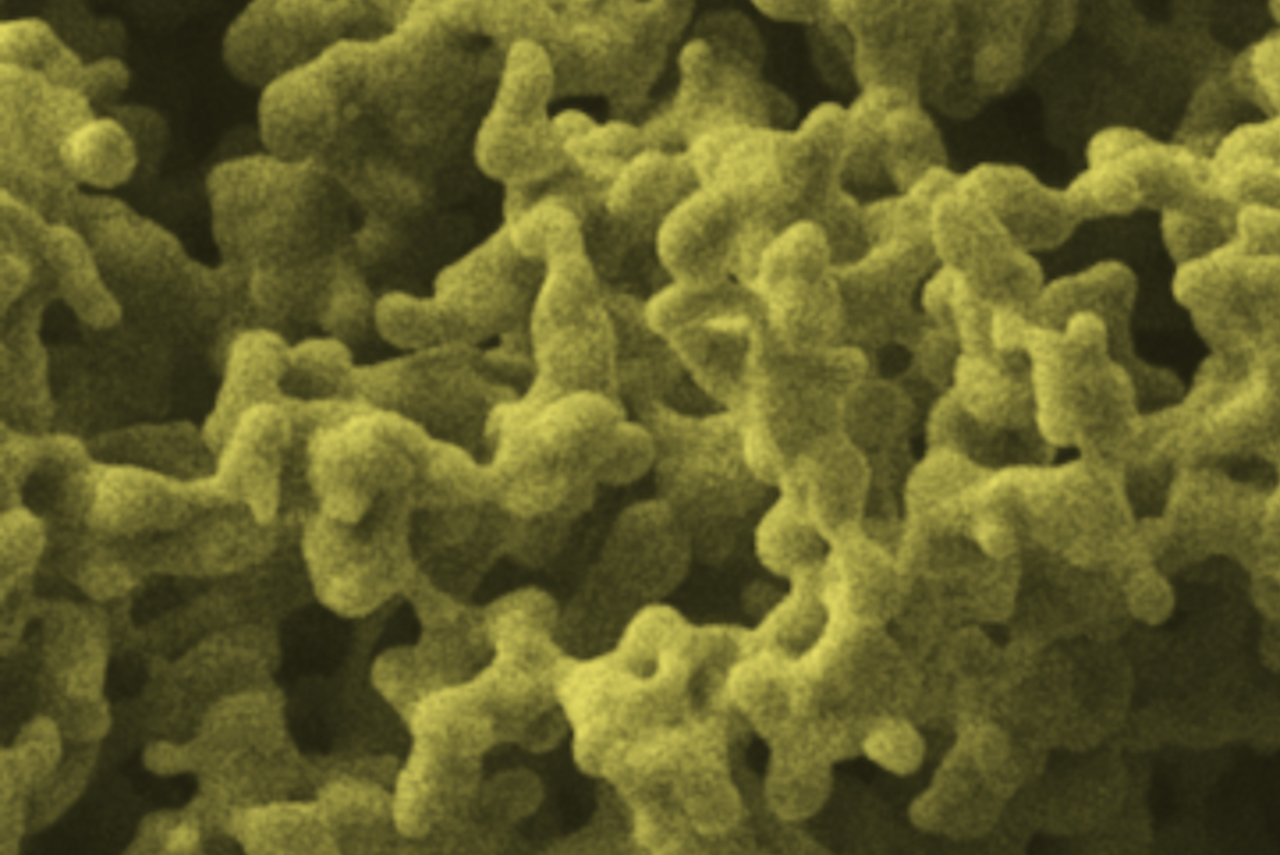Submarine groundwater discharge (SGD) is a crucial process. Groundwater seeps into the ocean. It carries freshwater, nutrients, and sometimes pollutants. These SGD sites are teeming with microbial life. They are hotspots of biological and chemical activity. These microbes help maintain the ocean’s ecosystem. Studying them can help us understand their importance. It can also lead to new medical and biotech applications.

Researchers from the University of the Philippines – Diliman (UPD) have conducted the first detailed study of its kind in the Philippines. They investigated an SGD site in Mabini, Batangas. The team, led by Joshua Veluz, Paul Christian Gloria, Laurence Anthony Mallari, and Dr. Maria Auxilia Siringan, reconstructed 17 microbial genomes. They used metagenome-assembled genomes (MAGs). MAGs are assembled from environmental samples without needing to cultivate the microbes.
“Our findings reveal diverse bacterial genomes with functional genes related to nutrient cycling, potentially supporting marine ecosystem health,” the researchers stated. They also found biosynthetic gene clusters (BGCs). These BGCs produce bioactive compounds. These compounds could be used to create antibiotics and anticancer agents.
The study highlights the importance of microbial ecosystems in SGD sites. These microbes are vital for marine biodiversity and biogeochemical cycles. The researchers emphasized the potential of these microbes. They could help address the global need for new antimicrobial agents.
“The baseline information and insights generated through our study are essential references in developing and establishing policies and regulations on environmental protection of our marine resources, such as those found in SGD-influenced sites in Mabini, Batangas,” the researchers explained. They presented their findings to local officials, tourism representatives, and divers.

“We are currently working on publishing the metagenomic data from other sampling sites,” they added. “We also aim to publish metabarcode data. This will give a more complete picture of bacterial diversity.”
Their research, published in Frontiers in Marine Science, is a major output of a three-year project funded by the Philippine Council for Agriculture, Aquatic and Natural Resources (PCAARRD). This work emphasizes the importance of further research into these vital ecosystems.




